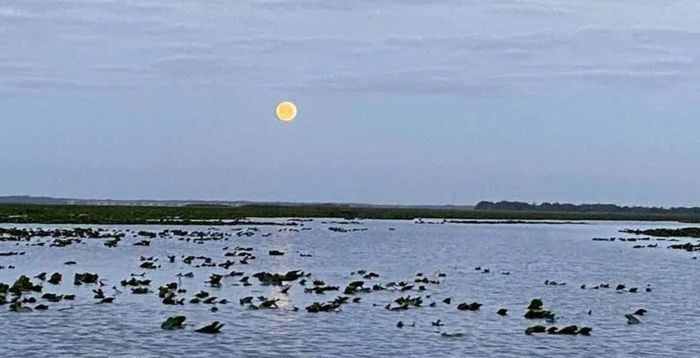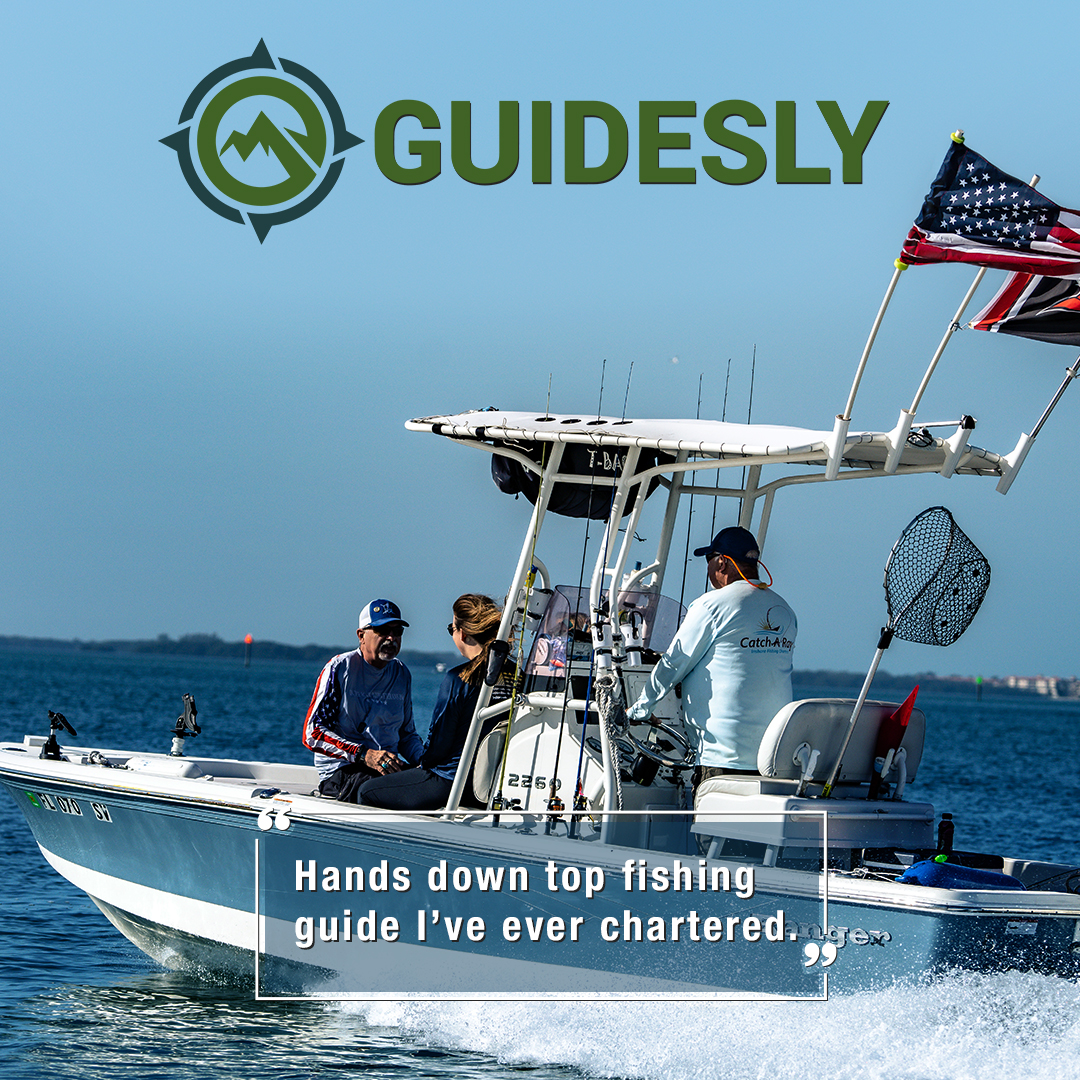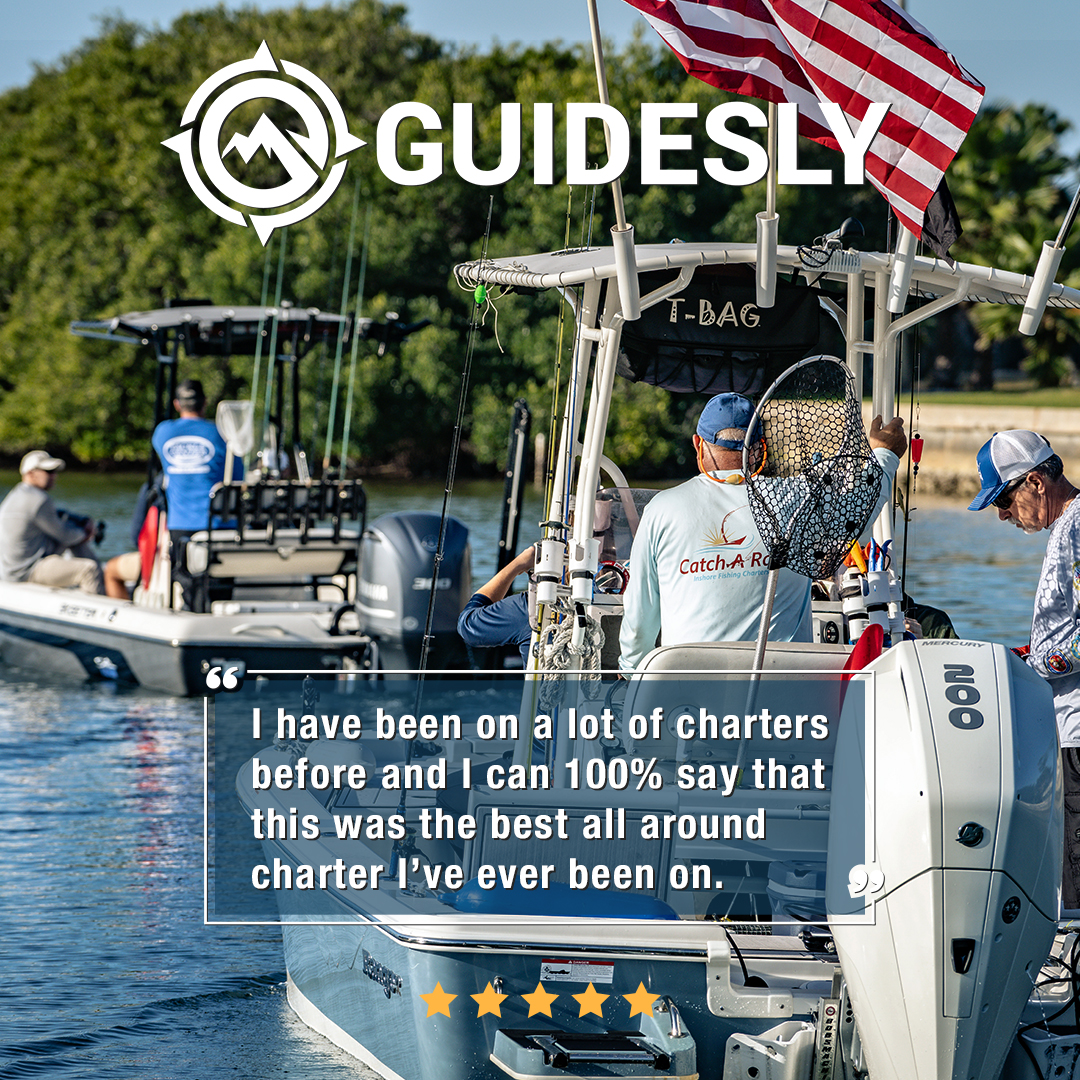The Ultimate Guide to Sustainable Fishing Practices
Discover sustainable fishing techniques, reduce your environmental impact, and ensure a healthy future for marine life.

Fishing is an age-old practice that has provided food, livelihood, and recreation for countless generations. However, with the growing human population and advances in fishing technology, many fish species are under threat. To ensure that future generations can continue to enjoy and benefit from the ocean's bounty, sustainable fishing practices are crucial.
In this ultimate guide, we'll dive into what sustainable fishing means, why it's important, and how you can support and practice eco-friendly fishing methods.
What Are Sustainable Fishing Practices?
Sustainable fishing practices are methods used to catch seafood that maintain or increase fish populations without harming the ecosystems they inhabit. The goal is to ensure that fishing activities do not lead to overfishing, habitat destruction, or the decline of fish populations.

Key Principles of Sustainable Fishing
Avoid Overfishing: Harvesting fish at a rate that allows the population to replenish.
Minimize Bycatch: Reducing the capture of non-target species.
Protect Habitats: Ensuring fishing activities do not damage marine environments.
Use Selective Gear: Employing fishing gear that targets specific species and sizes.

Why Sustainable Fishing Practices Matter
Overfishing and destructive fishing methods can have severe consequences for marine ecosystems. Here's why sustainable fishing is essential:

Preserving Marine Biodiversity
Fishing practices that deplete one species can disrupt the entire marine food web. Sustainable fishing helps maintain balanced ecosystems, ensuring that all marine life thrives.
Ensuring Long-Term Food Security
Overfishing can lead to the collapse of fish stocks, threatening food security for communities that rely on seafood. Sustainable fishing practices ensure that seafood remains a viable food source for future generations.
Supporting Economic Stability
Many coastal communities depend on fishing for their livelihoods. Sustainable fishing practices help ensure that these communities can continue to thrive economically without depleting their primary resource.
Sustainable Fishing Methods
There are several methods and techniques that promote sustainable fishing. Here are some of the most effective:
Hook and Line Fishing
This traditional method involves using a fishing rod with a single hook. It allows for the selective capture of fish, reducing bycatch and minimizing damage to the habitat.
Handline and Pole-and-Line Fishing
Similar to hook and line fishing, these methods involve using a single fishing line with one or more hooks. They are highly selective and have minimal environmental impact.
Traps and Pots
These are stationary devices placed on the ocean floor to capture fish and crustaceans. They allow for the release of non-target species and have a lower impact on marine habitats.
Purse Seining
This method involves using a large net to encircle a school of fish. The net is then closed at the bottom, trapping the fish inside. When done correctly, purse seining can be a sustainable way to catch fish, especially when targeting species that form large schools.

Trolling
Trolling involves dragging fishing lines with baited hooks behind a moving boat. It allows for the selective capture of fish and reduces bycatch.
How to Support Sustainable Seafood
As a consumer, you have the power to support sustainable fishing practices by making informed choices. Here are some tips to help you choose sustainable seafood:
Look for Certification Labels
Several organizations certify seafood as sustainable. Look for labels such as the Marine Stewardship Council (MSC), Aquaculture Stewardship Council (ASC), and Best Aquaculture Practices (BAP) when purchasing seafood.
Choose Local and Seasonal Seafood
Local and seasonal seafood is often more sustainable because it reduces the carbon footprint associated with transportation. Additionally, local fishers are more likely to use eco-friendly fishing methods.
Avoid Overfished Species
Educate yourself about which fish species are overfished and avoid purchasing them. Resources like the Monterey Bay Aquarium's Seafood Watch program provide up-to-date information on sustainable seafood choices.
Ask Questions
Don't be afraid to ask your fishmonger or restaurant about the source of their seafood. Questions about fishing methods, the origin of the fish, and sustainability certifications can help you make more informed choices.
The Role of Governments and Organizations
Governments and organizations play a crucial role in promoting sustainable fishing practices. Here are some ways they contribute:
Implementing Regulations
Governments can enforce regulations that limit catch sizes, protect endangered species, and restrict destructive fishing methods. These regulations help ensure that fishing activities are sustainable and do not harm marine ecosystems.

Supporting Research
Research is essential for understanding fish populations and the impact of fishing on marine environments. Governments and organizations can fund research projects that provide valuable data for managing fisheries sustainably.
Promoting Education and Awareness
Raising awareness about the importance of sustainable fishing practices is crucial. Governments and organizations can run campaigns to educate the public and fishers about the benefits of sustainable fishing and how to implement eco-friendly methods.
Take Action for Sustainable Fishing
Sustainable fishing practices are essential for preserving marine ecosystems, ensuring long-term food security, and supporting coastal communities. By making informed choices as a consumer and advocating for sustainable practices, you can help protect our oceans for future generations.
Get Involved
Consider joining or supporting organizations that promote sustainable fishing. Volunteer for beach cleanups, participate in local conservation efforts, and spread the word about the importance of eco-friendly fishing.
Stay Informed
Stay updated on the latest news and developments in sustainable fishing. Follow organizations dedicated to marine conservation and keep an eye out for new research and regulations.
In conclusion, sustainable fishing practices are not just about preserving fish populations; they are about maintaining the health of our entire marine ecosystem. By adopting and supporting sustainable fishing methods, we can ensure that our oceans remain vibrant and productive for generations to come.



